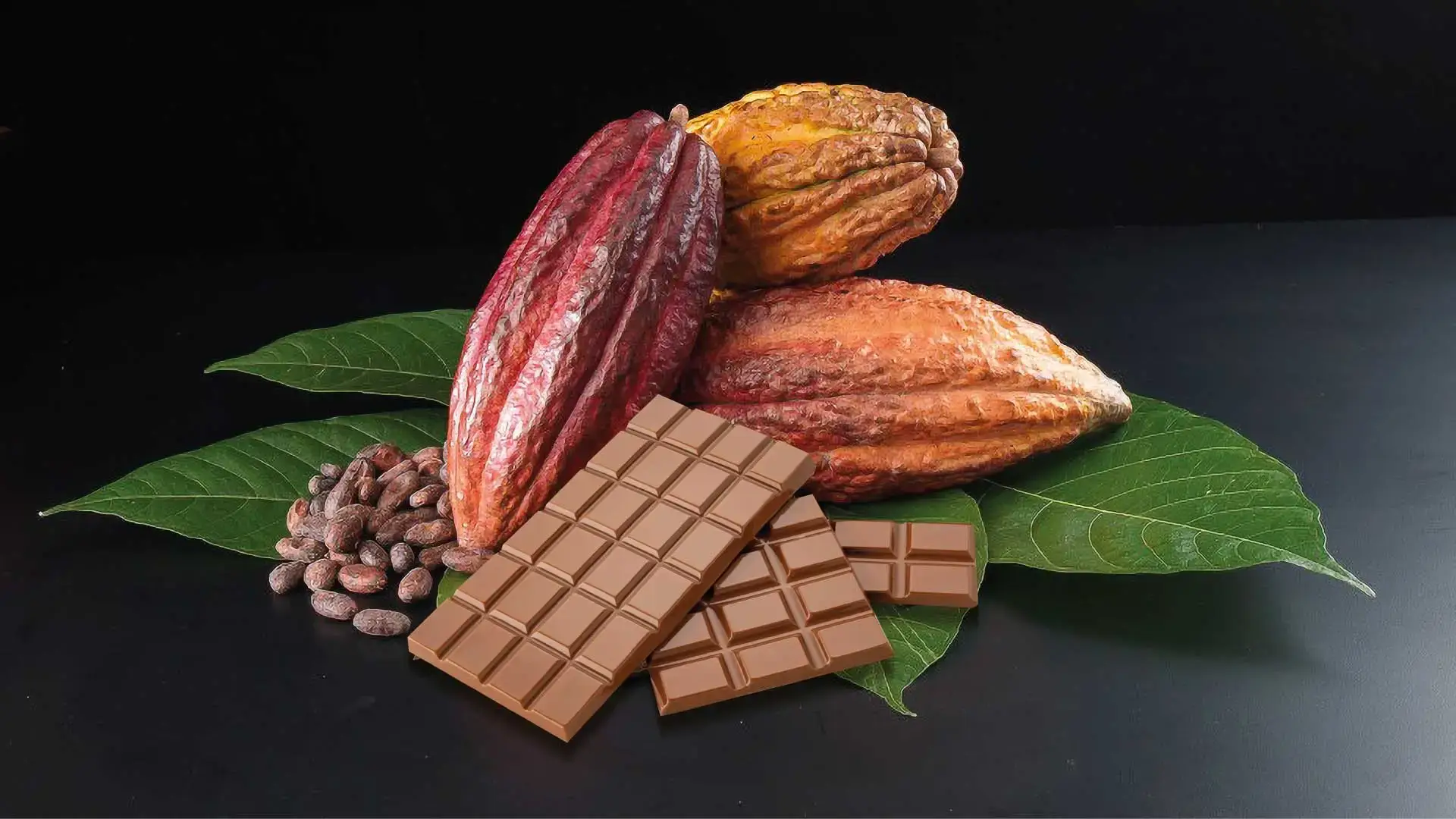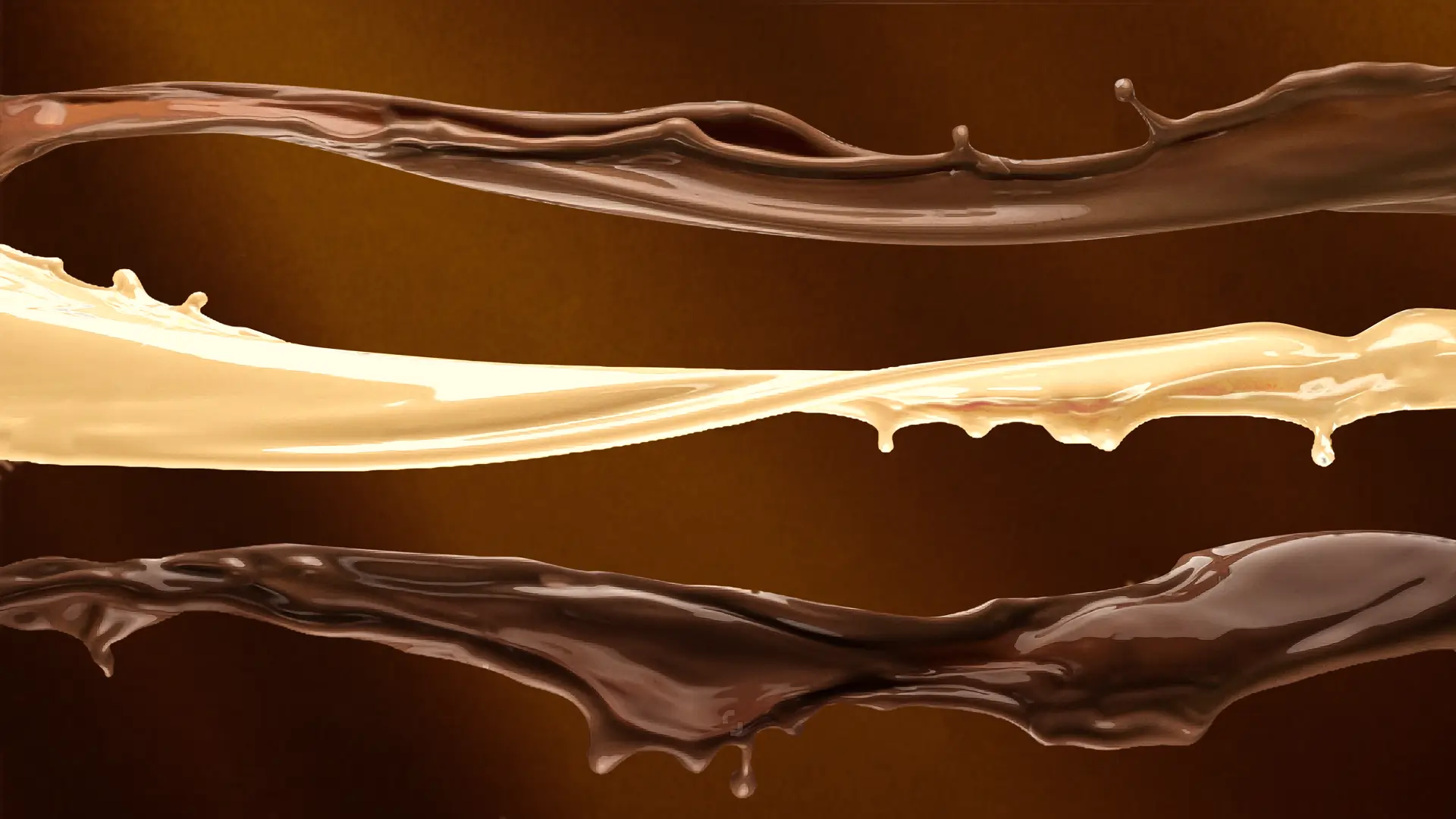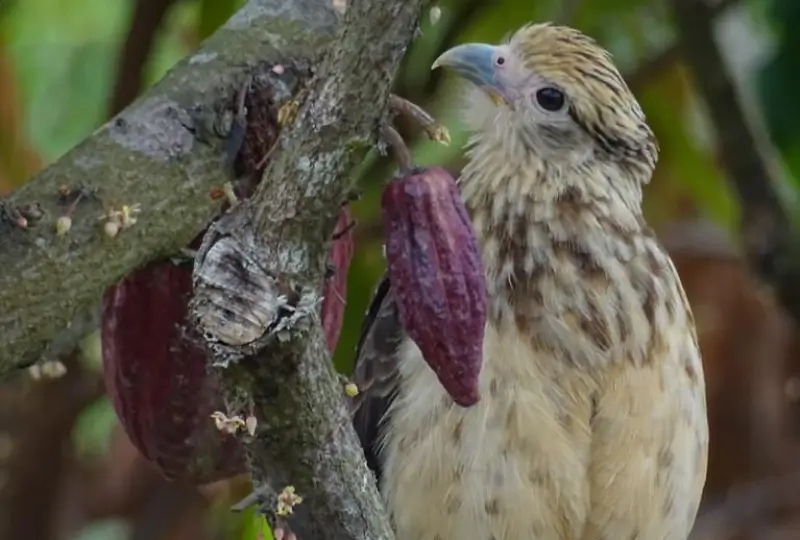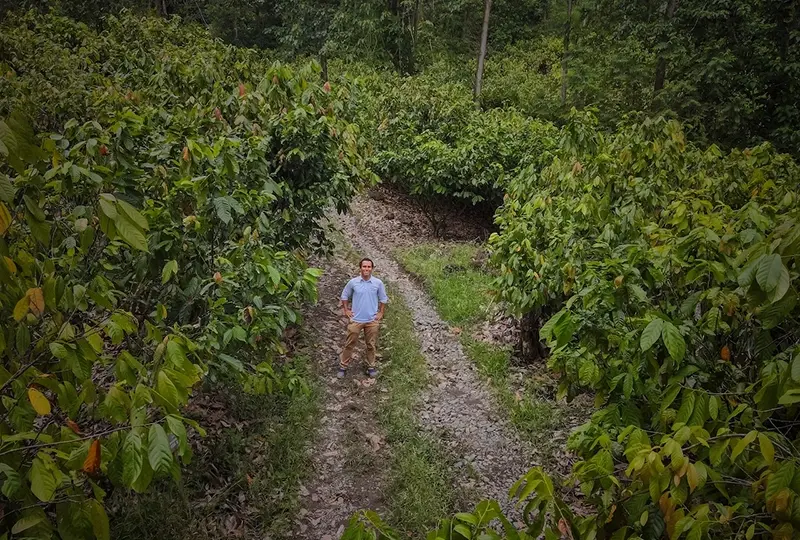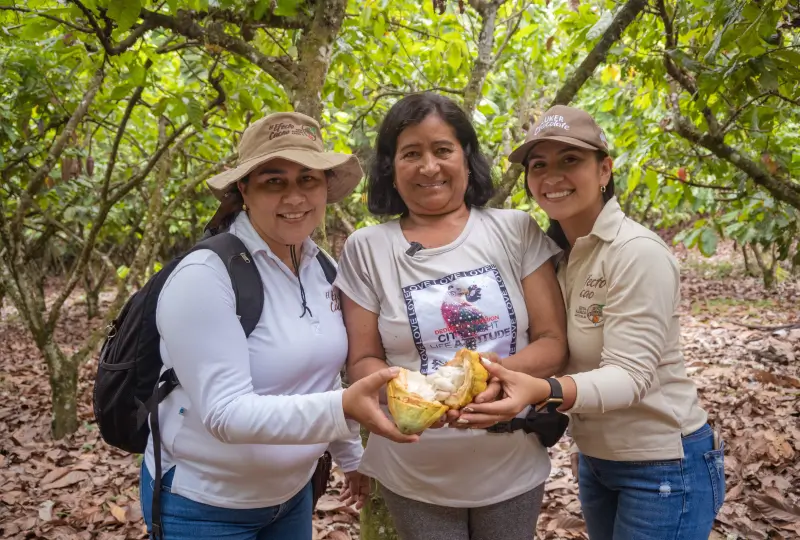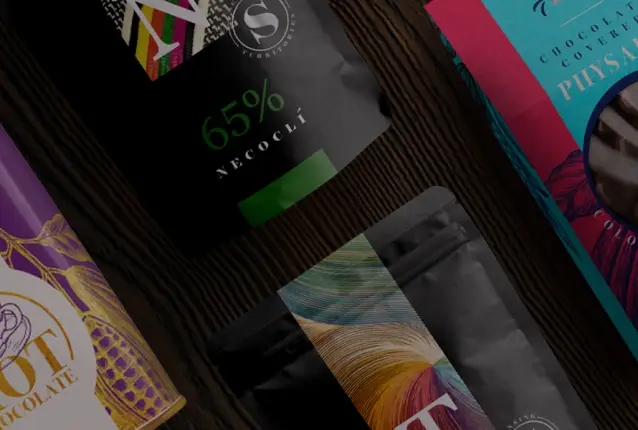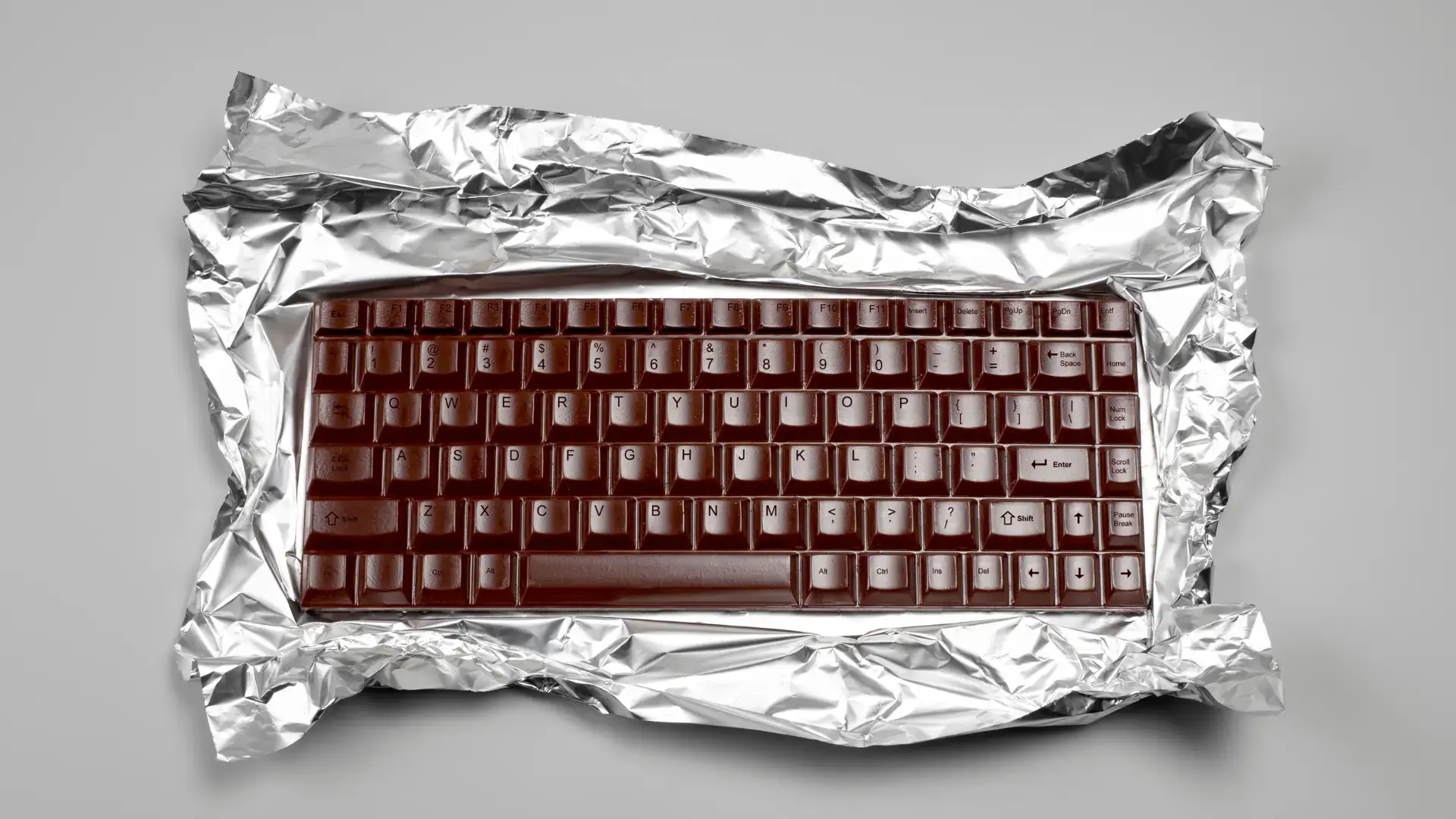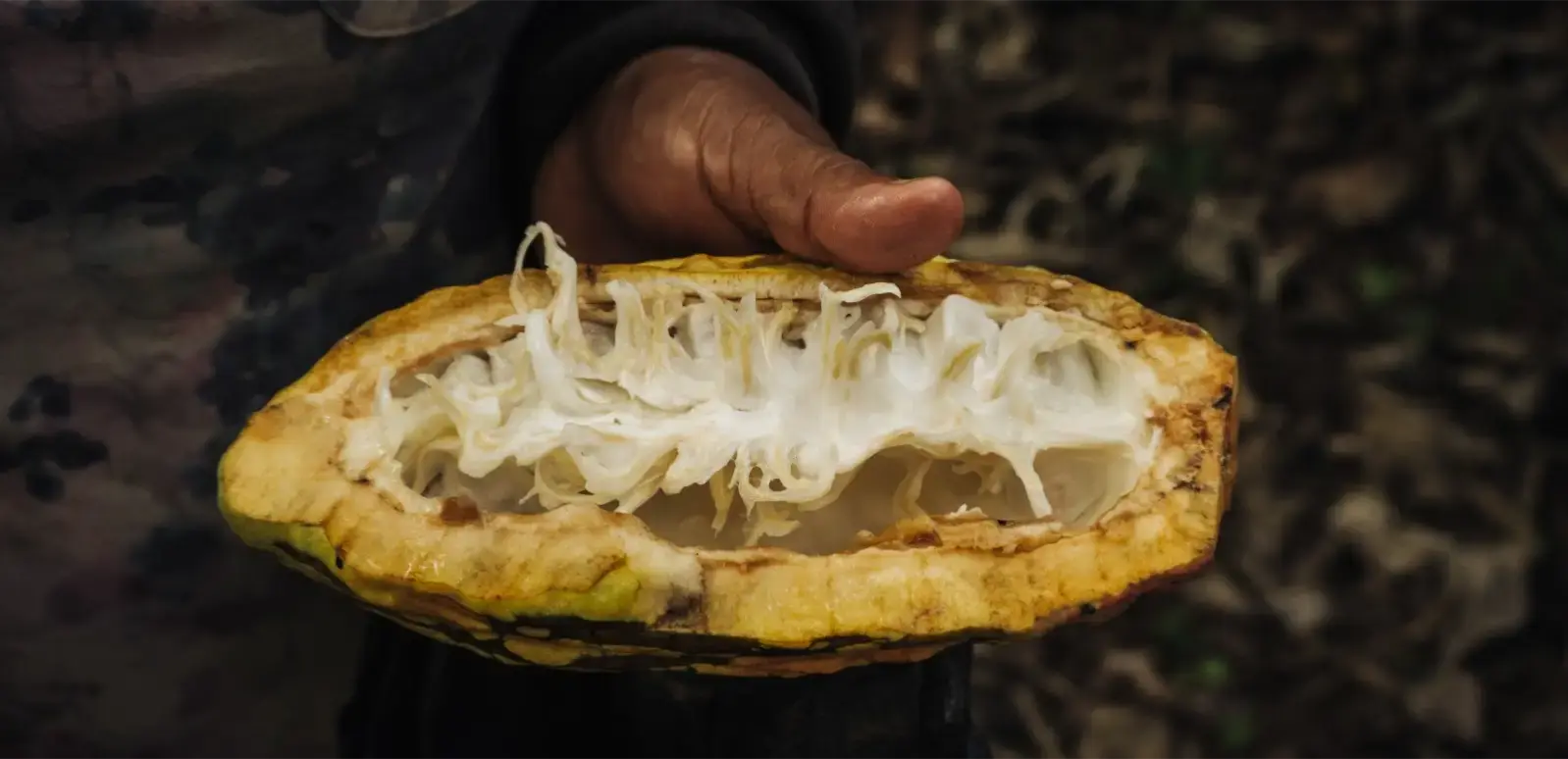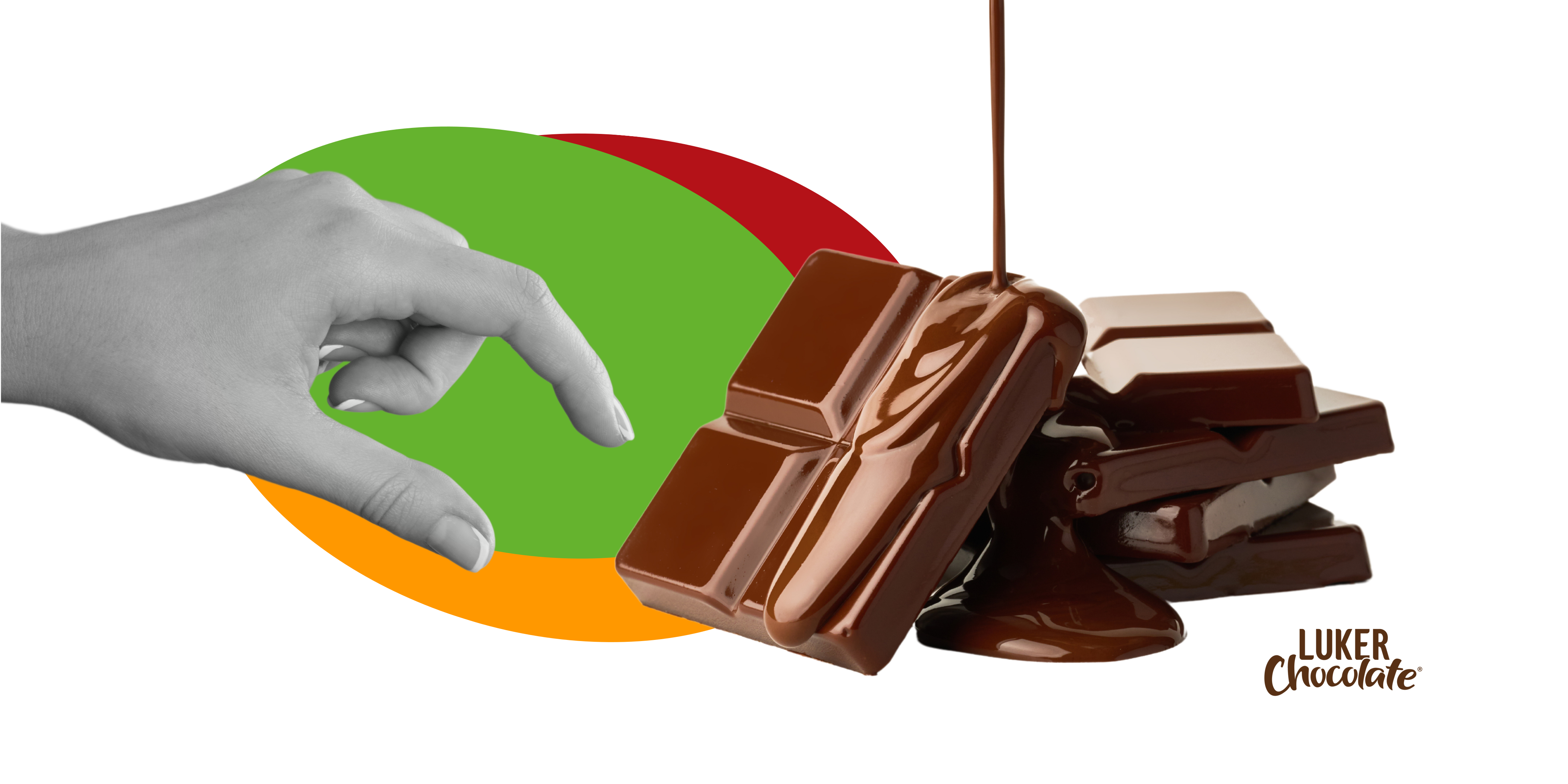REDUCING OUR CARBON EMISSIONS
We are committed to reducing our carbon emissions and promoting sustainable growth across our operations. Our climate strategy, designed in 2023, aligns with the recommendations of the Task Force on Climate-related Financial Disclosures (TCFD), ensuring transparency and accountability in climate reporting. This includes board-level oversight, defined decarbonisation targets, and targeted actions to reduce our environmental impact.
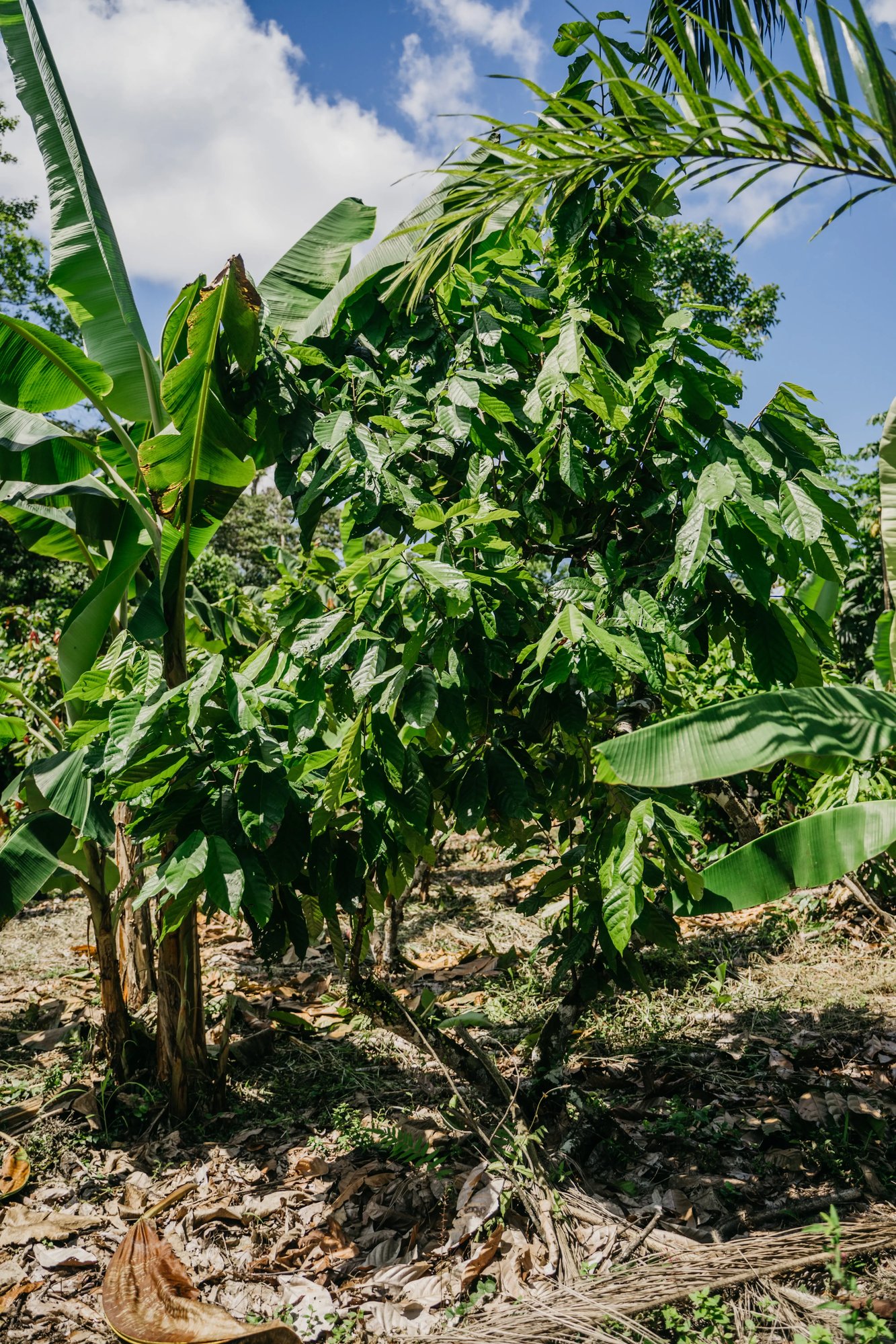
GHG EMISSIONS
As defined by the Greenhouse Gas Protocol (GHG Protocol), our emissions are categorized into scopes that reflect internationally accepted standards for measuring and managing greenhouse gas emissions:
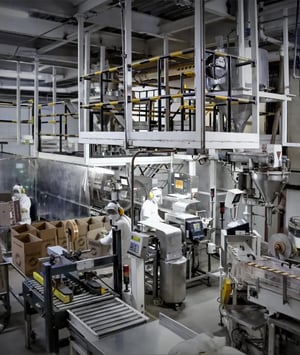
These are greenhouse gas emissions from sources owned or controlled by the company. In our case, they come mainly from the use of natural gas in our production plant and fugitive emissions from refrigerants used in the chocolate tempering process.
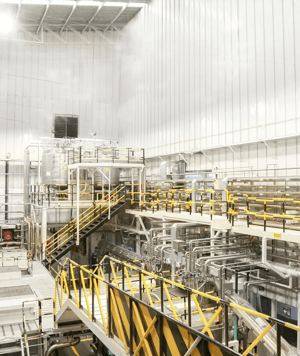
These are emissions from the generation of electricity or energy that the company purchases and consumes. Within our company, Scope 2 includes only electricity used in our Colombian facilities, which comes from 100% renewable sources backed by I-REC certificates.

These include all other indirect emissions that occur throughout a company’s value chain, such as those from suppliers, distribution, and waste. For our company, Scope 3 emissions mainly stem from logistics, the processing of non-cocoa ingredients, and product packaging.
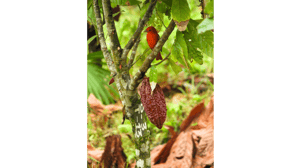
OUR TARGETS ROADMAP
Our commitment to achieving net-zero emissions by 2050 has been officially validated by the Science Based Targets Initiative (SBTi), a leading global authority on climate targets.
-
2024
-
2027
-
2030
-
2050
We achieved a 22% reduction in Scope 1 & 2 (Energy and Industrial activities)
28% reduction in Scope 1 and 2 carbon emissions from Energy and Industrial activities.
17% reduction in Scope 3 carbon emissions from Energy and Industrial sources.
20% reduction in FLAG (Forest, Land and Agriculture) emissions.
20% overall reduction in total carbon emissions.
42% reduction in Scope 1 and 2 carbon emissions from Energy and Industrial activities.
25% reduction in Scope 3 carbon emissions from Energy and Industrial sources.
30.3% reduction in FLAG (Forest, Land and Agriculture) emissions.
30% overall reduction in total carbon emissions.
90% reduction in Scope 1 & 2 (Energy and Industrial activities)
90% reduction in Scope 3 (Energy and Industrial sources)
72% reduction in FLAG (Forest, Land, and Agriculture)
75% overall reduction


COMPOSITION OF OUR CARBON FOOTPRINT
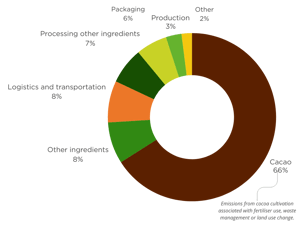
OUR STRATEGY
- Operational Efficiency
- Energy and Industrial Emissions
- FLAG
Scope 1 & 2 – Operational Efficiency
Scope 3 – Energy and Industrial Emissions:
We reduce packaging materials, shift to more sustainable and recycled (PCR) options, and enhance logistical efficiency with lower-emission transport. We have a “Sustainable Supplier Programme” that enables direct engagement with key suppliers. Internally, we foster sustainable mobility and environmental culture among our team through targeted campaigns, waste reduction initiatives, and effective waste separation practices.
FLAG - Forest, Land and Agriculture Emissions
Through our sustainability plan, The Chocolate Dream, we work with cacao farmers to tackle deforestation, enhance productivity, optimise fertiliser use, manage waste effectively, and promote carbon capture. We are also conducting research into productivity improvements and climate resilience.

FAQs
How are cocoa producers involved in carbon reduction?
We work hand-in-hand with farmers to implement climate-smart agriculture, reduce on-farm emissions, and improve soil health. Practices such as agroforestry, composting, and biofertiliser use are part of our carbon reduction strategy at origin.
Why is carbon reduction important in the cocoa and chocolate industry?
Cocoa farming is highly sensitive to climate change. Reducing emissions not only contributes to global climate goals but also helps protect cocoa-growing regions from rising temperatures, irregular rainfall, and land degradation—ensuring long-term sustainability for farmers and supply chains.
What is the difference between carbon neutral and net zero?
Carbon neutrality often involves offsetting current emissions, while net zero prioritises reducing emissions as much as possible before offsetting the remaining balance. Luker is focused on a net zero strategy grounded in decarbonisation first.
Can carbon reduction also generate social benefits?
Absolutely. Many of our carbon reduction efforts—such as agroforestry, improved soil management, and renewable energy—also lead to better livelihoods, increased productivity, and healthier ecosystems in cocoa-growing communities.
How does Luker’s carbon reduction strategy benefit partner brands?
In achieving their sustainability goals and enhancing their market position.
